A year in the garden
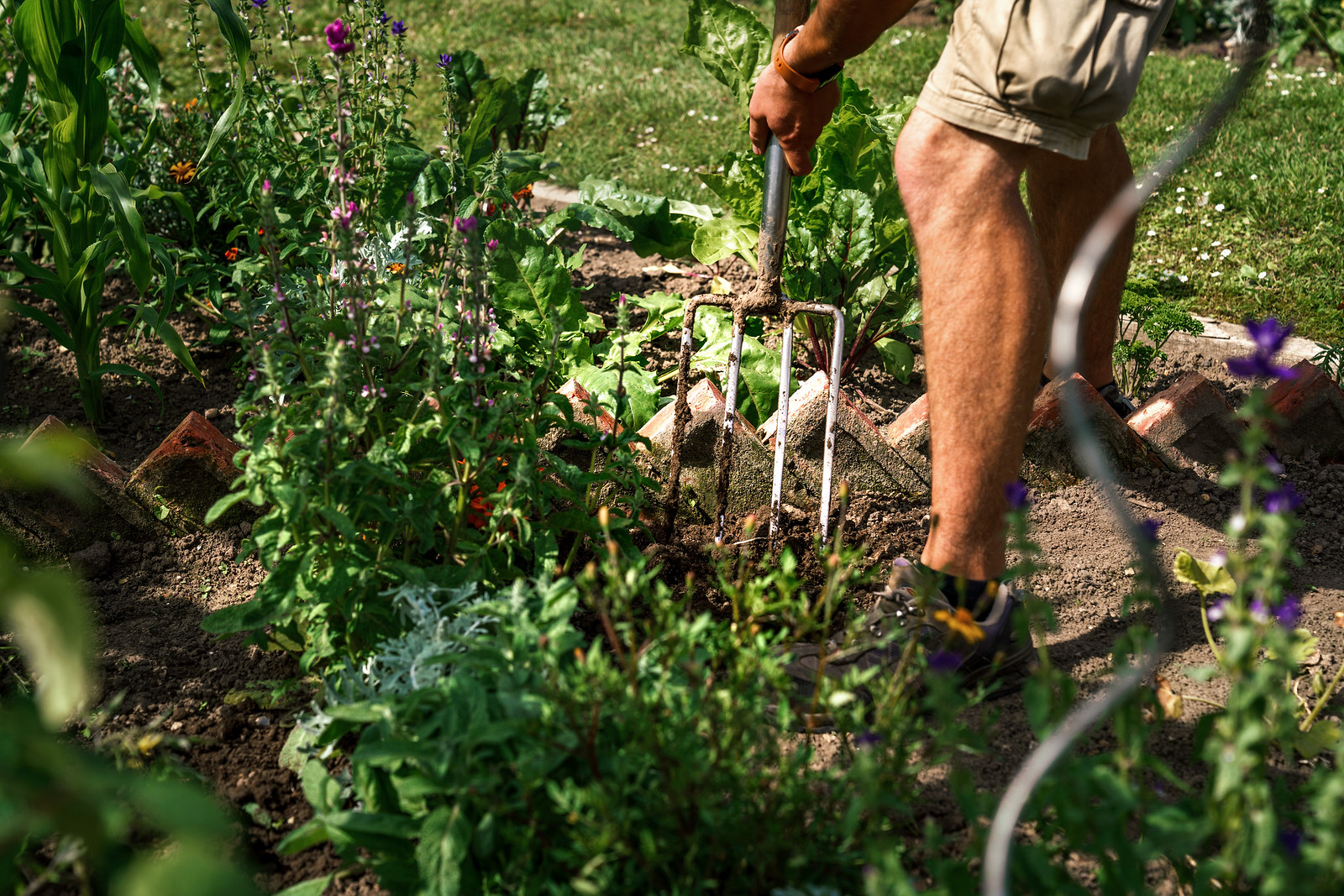
At this time of year, a garden in bloom can feel a long way away. However, in just a few weeks snowdrops will begin their resilient fight against the frosts to bring us the first signs of the new gardening year.
Even in the winter months, there is plenty to keep you busy in the garden. To help you prepare your green spaces, Head Gardeners for Horatio’s Garden, Stephen, Jacqui and Sallie share their tips for each month of the year to help you get your garden looking its best in 2020.
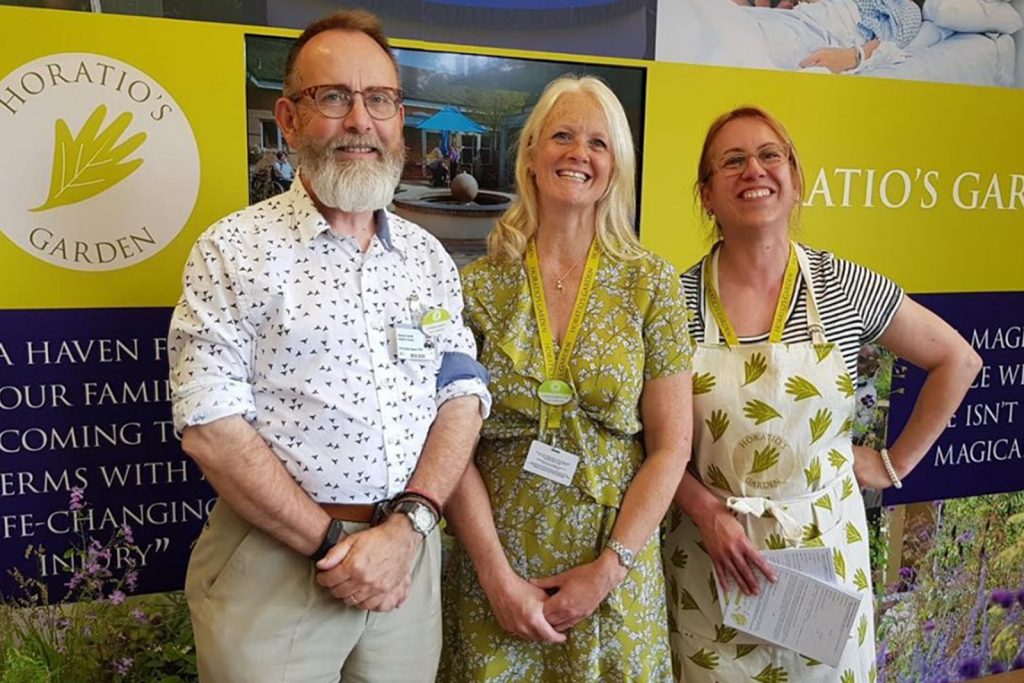
Stephen, Jacqui and Sallie, Head Gardeners for Horatio’s Garden
Dreams of dahlias in January
Stephen Hackett, Salisbury Head Gardener – “It’s dark and cold outside, and everyone’s recovering from Christmas festivities. What better way to dispel the January blues than to cast your mind ahead to summer, and order your dahlias? The specialist suppliers will have the best selection available now, and you can spend a few happy hours (indoors!) browsing catalogues and dreaming of all that late summer colour. My favourite is ‘Black Touch’, a Fimbriata variety with lovely deep crimson flowers – great for cutting – which last season kept going well into November.”
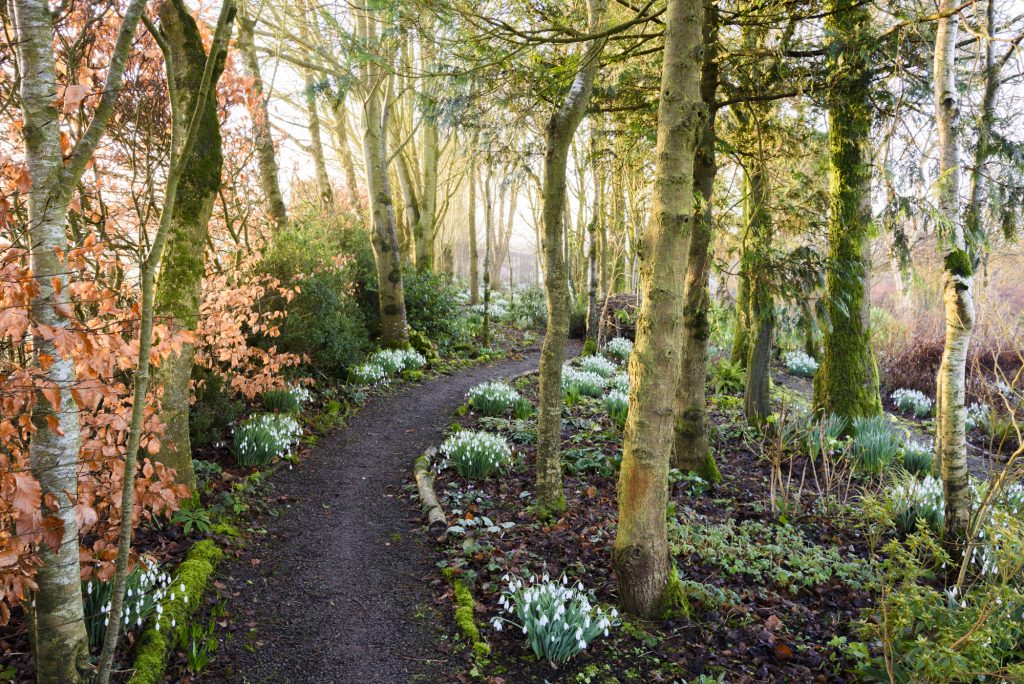
Photograph: Carole Drake
Rethink your borders in February
Stephen – “Once Snowdrops have finished flowering, take stock of where they are in the borders. Now’s the time to move and divide any clumps which might not quite look right – maybe they could be moved to a more visible spot for next year?
“February is also the time to buy Snowdrops ‘in the green’, which is far the best way to augment your displays. You can never have too many snowdrops! Do make sure that you only buy from a reputable supplier, and that plants haven’t been illegally dug up from the wild.”
Spring clean in March
Stephen – “March is the time to lift and divide overgrown clumps of summer-flowering perennials, as they’re just coming into growth. Lift the old clump with a fork, and then prise apart with a couple of forks back to back. Discard the old ‘centre’ of the clump, and replace with the younger clumps from around the edge.
“Other pieces can either be planted straightaway – make sure to plant in odd-numbered groups for a more ‘natural’ effect – or they can be potted-up. Give the replanted pieces a good watering, and mulch them with compost to refresh the soil. A great way to rejuvenate your borders.”
Outsmart the frosts in April
Stephen – “Sow annuals indoors now, and they’ll be ready to plant out in the cutting border by mid-May, when frosts shouldn’t be a problem. Cosmos are great value but named varieties produce more flowers. Try ‘Rubenza’ (deep red) or ‘Purity’ (white).”
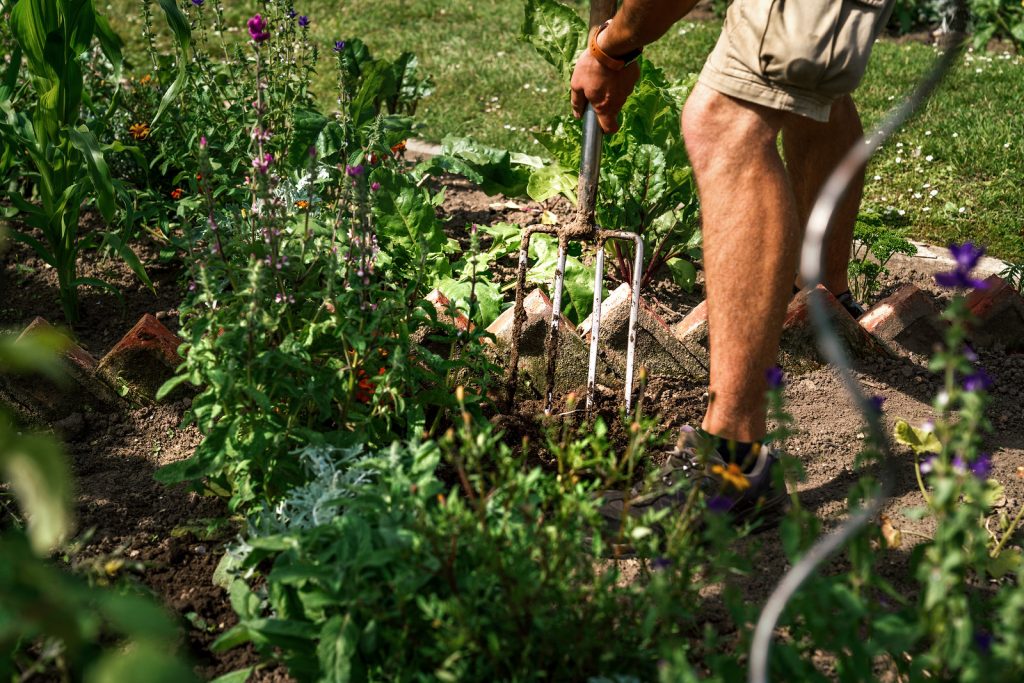
Photograph: Julie Skelton
Get digging in June
Jacqui Martin-Lof, Stoke Mandeville Head Gardener – “Now is the perfect time to carefully dig up self-sown seedlings before they become too large to move on, take care not to disturb the roots too much. Replant to the same depth in prepared soil and water well. Self-sown seedlings could include; Erigeron, Verbena bonariensis, Love-in-a-Mist (Nigella damascene), Aquilegia vulgaris, Foxgloves (Digitalis purpurea), Astrantia to name but a few.”
Survive the heat in July
Stephen – “In this hot, dry weather it’s important to water plants effectively. A really good soak every few days is better than a daily sprinkle, and try to water in the early morning rather than in the heat of the day. Water containers slowly, so the water can really soak in rather than just run down between the root ball and the inside of the pot”.
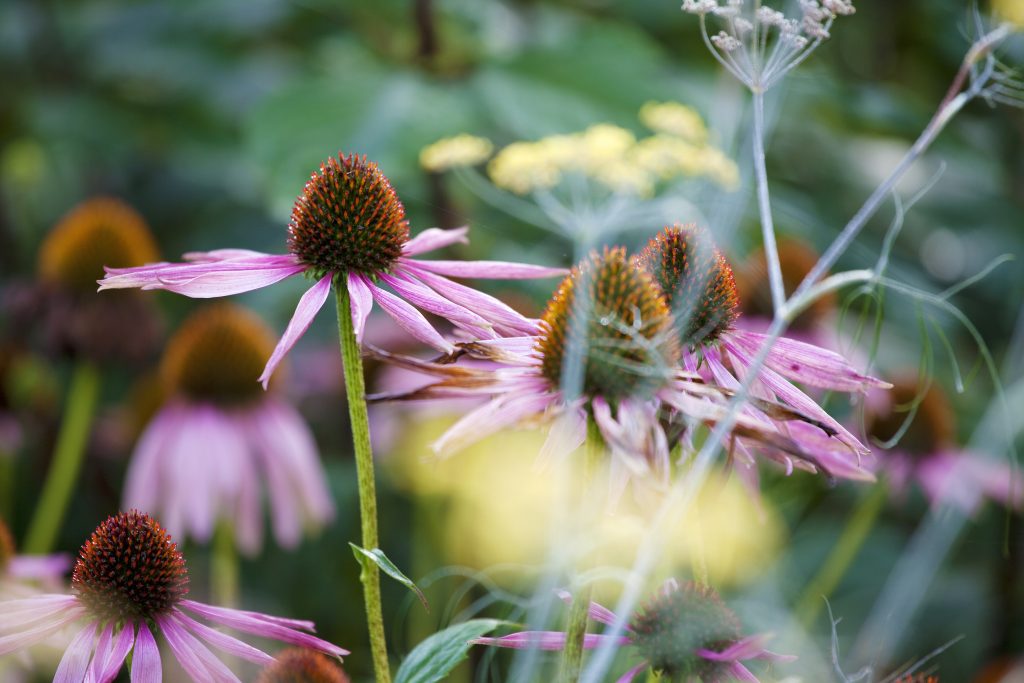
Photograph: Leigh Clapp
Enjoying your successes in August
Jacqui – “Top of our list is deadheading flowering plants to encourage repeat flowering, in particular sweet peas. Enjoy your sweet scented sweet peas in doors by daily pickings!
“As well as continuing on working in the garden remember to take time to evaluate the garden for both successes and failures and to decide on some changes for next year. A good idea is to take plenty of photographs – this enables rearranging some plants over winter with the support of photographic reference.”
Make your hard work last beyond September
Imogen Jackson, Oswestry Head Gardener – “September is a glorious month in the garden – often the weather is still warm, but not too hot, and if you’ve been growing edible crops there should be plenty to harvest, from apples to courgettes.
In the garden this month, look ahead by focusing on taking hardwood cuttings from roses, as well as from tender perennials such as pelargoniums before the frost hits. It is also time to start planning and planting your spring bulb display ready for the new year.”
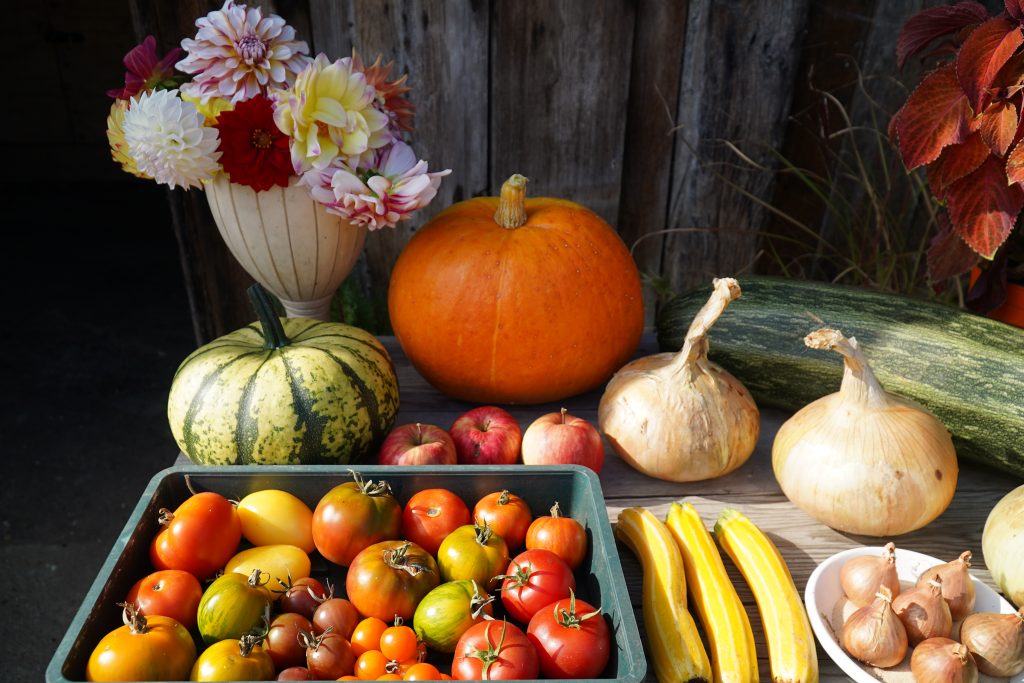
Harvest your crops in October
Sallie – “The months of nurturing the plants to their full potential is coming to an end. The joy of the garden’s journey from spring development, through to the lush growth of summer days has reached a crescendo …harvest time!
Take the opportunity to share the multitude of activities on hand from picking apples, collecting windfalls, selecting the best, washing them, storing them for future use, deciding on which recipe to use, preparing them. Pickling, herbal infusions, vinegars, oils, chutney & jam making, pressing, juicing and enjoying! It’s as important in the gardening calendar as remembering when to order the mulch and manure. Make time to enjoy these moments, it’s what gardens are all about!
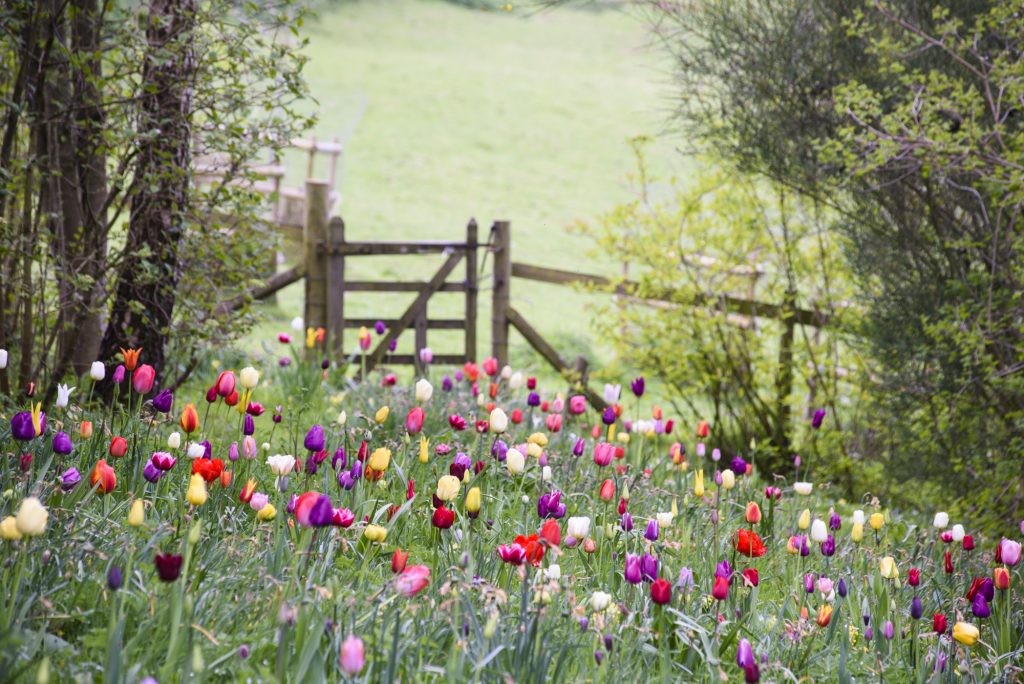
Photograph: Carole Drake
Look ahead in November
Stephen – “November is the best time to plant tulip bulbs (though you can plant them later if you forget!). Put some into pots, using peat-free compost with grit mixed in for drainage. In ornamental pots and planters, these will take centre stage in your patio display in the spring. If you have enough bulbs, put some into ordinary (2 litre) plant pots too – and then use these to ‘drop in’ to fill any bare spaces in the borders once they’re in flower next spring.
“If you’re planting tulips (or any other bulbs) in a border, it’s worth scattering some same over the areas you’ve completed. That way, if you have to break off, when you start again you’ll be able to see where you’ve already planted.
“If squirrels are a problem in your garden, cover pots of bulbs with chicken wire to keep them safe!”
Make a list in December
Sallie – “Approaching the shortest winter day is a reminder to check that the garden is ready to get through its hibernation without too much trouble. A few things on my checklist this month are:
- Ensure all staked trees are secure (it’s amazing how easily stakes and plant ties become loose with our yo-yoing weather).
- All pots are moved to a sheltered spot, inside or covered in layers of light fleece allowing them to breathe but also fend off the harshest of frosts.
- Make sure tender plants are all in an insulated greenhouse with heat if possible. Maintaining 10C is best especially at night when temperatures drop.
- Finally, remember to sit back and relax, take stock of the garden year and peruse the seed catalogues to plan for the next one… perfect for your Christmas list!”
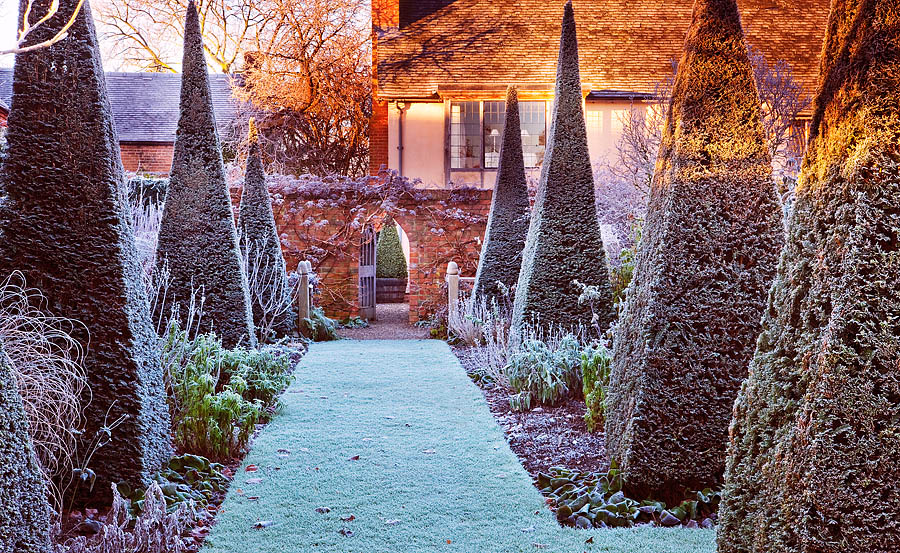
Photograph: Clive Nichols
Looking for inspiration for your garden?
In 2020, over 3,700 gardens will open their gardens for the National Garden Scheme across England and Wales. Pre-order our Garden Visitor’s Handbook to discover the inspiring gardens open near you.


















